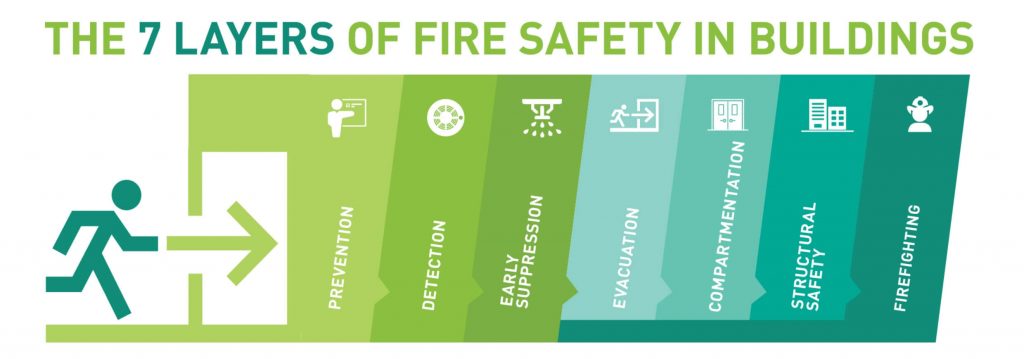The European reaction-to-fire classification system was introduced in support of the Construction Products Directive (CPD) with the aim of achieving harmonisation and eventually replacing the different national standards and tests. Some correlations could indeed be drawn between the 7 Euroclasses and elements of the pre-existing standards. However, it has been difficult to translate national reaction-to-fire classes into equivalent Euroclasses.

For example, the results from the Dutch national smoke test are very different from results in the SBI smoke test, which is used in Euroclassification. Harmonising test standards in Europe is meaningful whilst aiming for simplification and standardisation. However, the intended use, as described in the CPD, translates into fields of application. Consequently, the test results have to be interpreted and assessed in order to confirm a fire classification, including the boundary conditions. These currently fall into two categories: the direct field of application (DIAP) and the extended field of application (EXAP). Particularly for resistance-to-fire test standards both DIAP and EXAP rules are derived. But whereas DIAP rules are limited to the particular design tested, with only minor variations permissible, EXAP rules allow for greater variations, within the parameters of accepted knowledge and experience.
There are still discussions ongoing in Europe on EXAP rules, but in many Member States national EXAP rules exist e.g. for external fire. Essentially, the harmonised tests and standards are in place, but it is still a matter for each Member State to decide what level of classification is considered acceptable for each type of application



